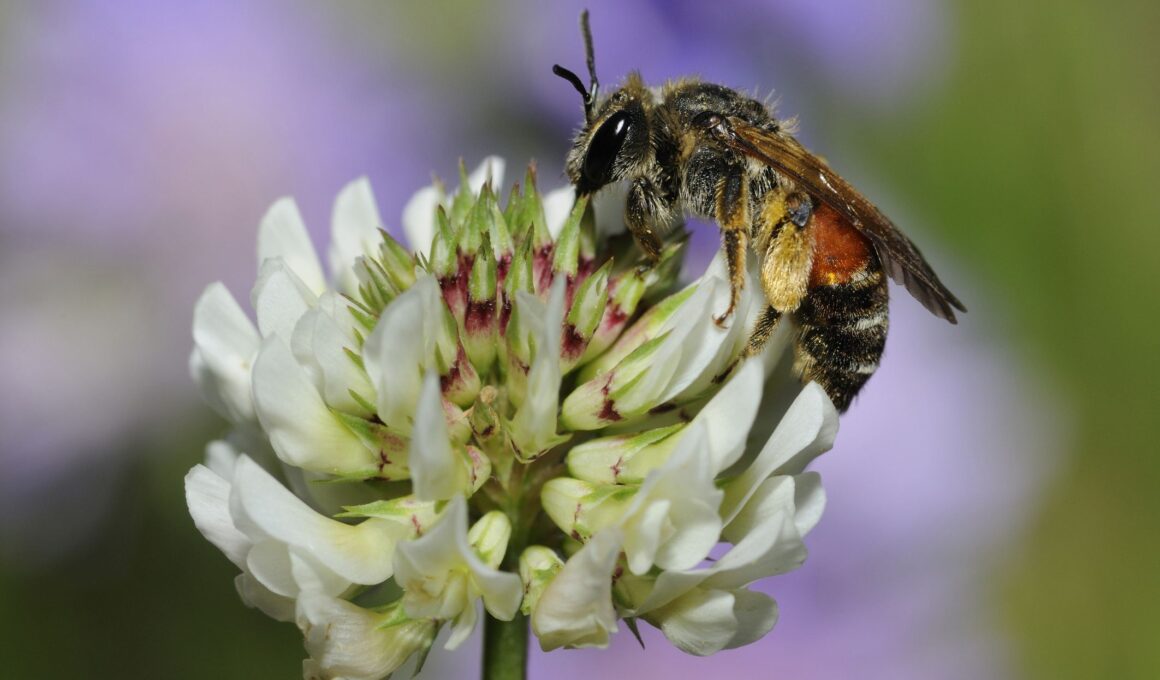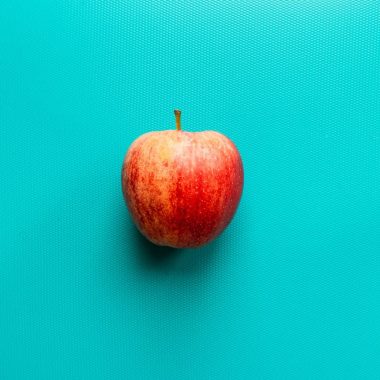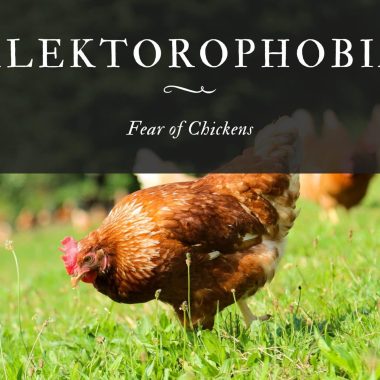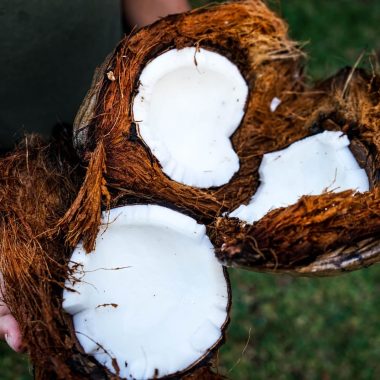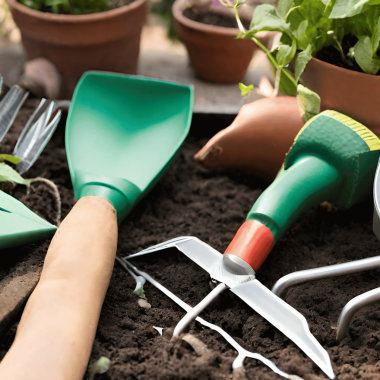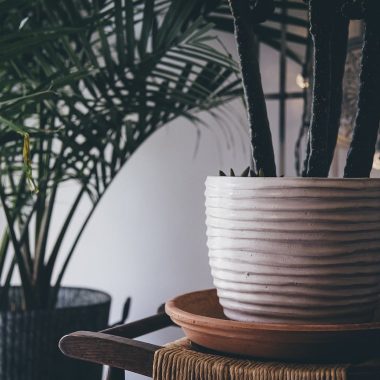Looking to add beauty to your garden while helping our buzzing friends? Climbing vines can transform vertical spaces while providing essential food for pollinators.
The best vines for attracting bees include clematis, wisteria, passionflower, and black-eyed Susan vine, which produce nectar-rich blooms that bees simply can’t resist.
Adding climbing plants for bees to your garden makes efficient use of space while creating a haven for pollinators.
These flowering vines can beautify fences, trellises, and arbors while supporting native bee populations and honeybees alike.
You’ll notice increased pollination throughout your garden as these beneficial insects visit your blooming flowers.
When selecting bee-friendly vines, consider native vines that attract butterflies and hummingbirds too.
Options like passionflower and pipevine (Dutchman’s pipe) with its distinctive heart-shaped leaves serve multiple pollinator species.
By incorporating these plants, you’re not just creating a beautiful garden—you’re establishing a crucial habitat that helps sustain our important pollinators.
1. Trumpet Creeper
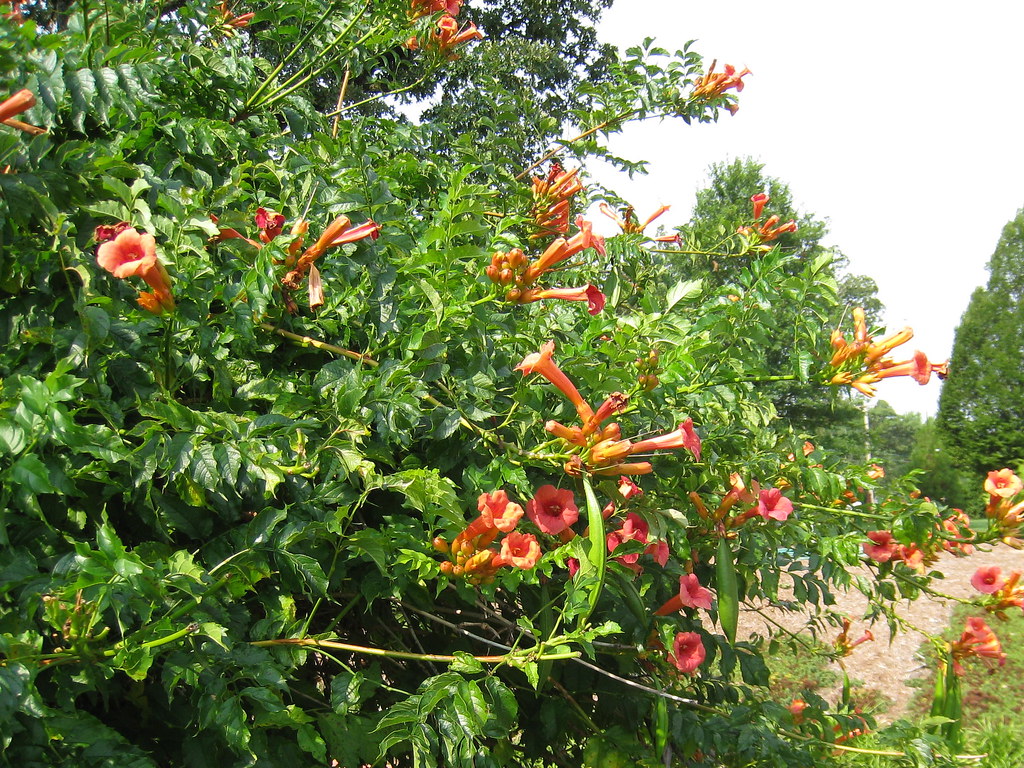
The Trumpet Creeper (Campsis radicans) is a stunning vine that acts as a powerful bee magnet for your garden.
This vigorous woody vine can climb up to 35 feet using special aerial rootlets that help it cling to surfaces.
You’ll find that bees are naturally drawn to this plant’s vibrant orange to red trumpet-shaped flowers.
These showy blooms are not only attractive to bees but also serve as important nectar sources for many insect pollinators.
What makes Trumpet Vine especially valuable for your pollinator garden is its dual benefit system.
The plant produces nectar in two ways:
- Through its large flowers
- Via specialized extrafloral nectaries (nectar-producing organs outside the flowers)
This vine, also known as Campsis radicans, is perfect if you want to attract multiple beneficial creatures to your garden.
It’s particularly notable for attracting bees, butterflies, and birds – especially hummingbirds.
Be aware that Trumpet Creeper grows aggressively. You’ll need to manage its colonizing nature to prevent it from overtaking nearby plants.
When planning your bee-friendly garden, consider giving Trumpet Vine a sturdy support structure.
A fence, trellis, or arbor works well for containing this enthusiastic climber while showcasing its pollinator-friendly qualities.
2. Coral Honeysuckle
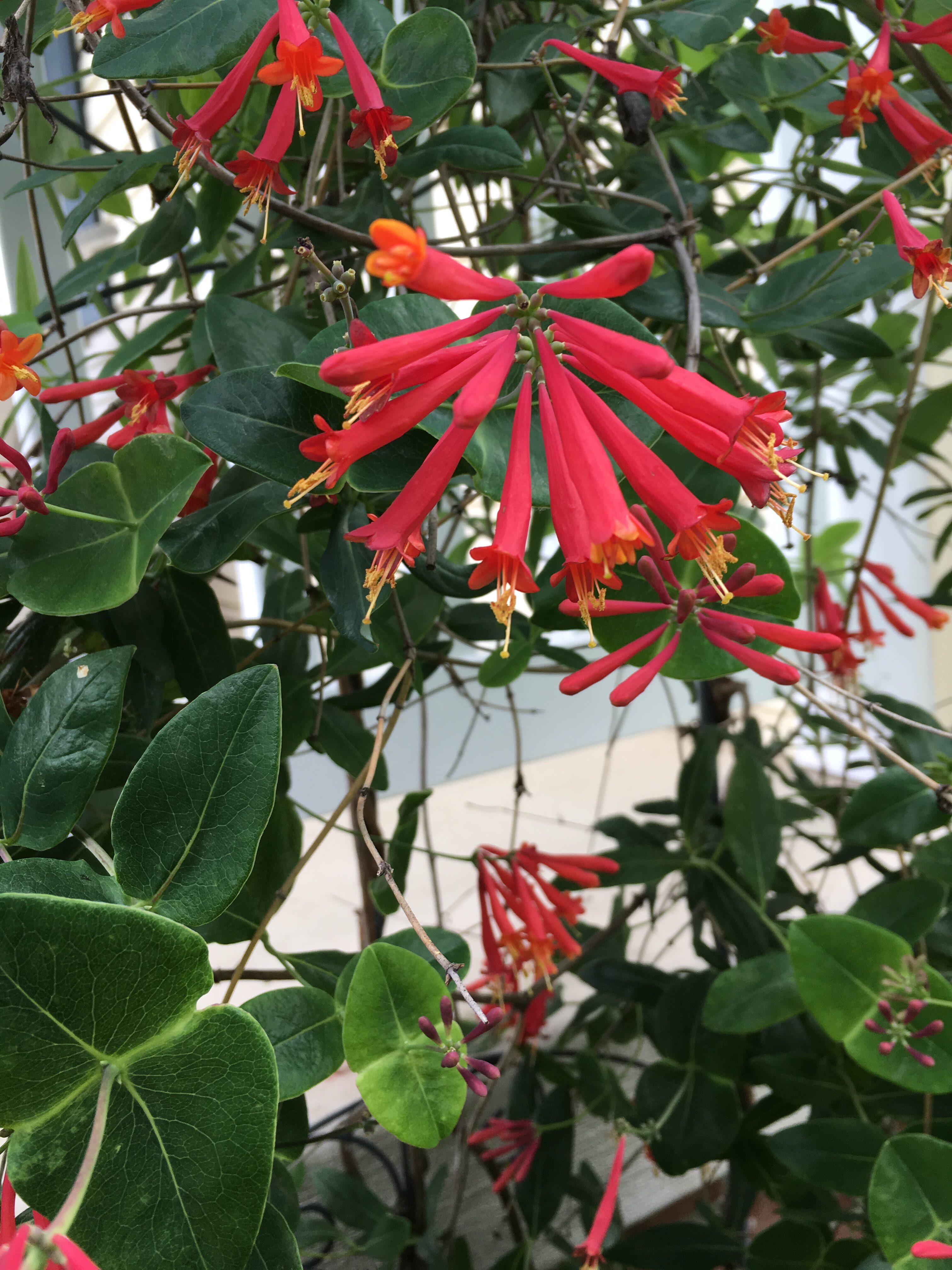
Coral Honeysuckle (Lonicera sempervirens) is a stunning native vine that brings multiple benefits to your garden.
Unlike its invasive cousins, this native honeysuckle is not invasive and makes a perfect addition to pollinator gardens.
This vibrant vine produces trumpet-shaped flowers that range from coral to bright red.
The blooms appear in mid-spring and can continue throughout the growing season in some climates.
When you plant Coral Honeysuckle, you’re offering a feast for local wildlife.
It’s especially attractive to hummingbirds, bees, and butterflies, making it a powerhouse for pollinators.
Bees particularly love this plant! It’s listed as a plant of special value to bumble bees, providing them with essential nectar.
Beyond pollinators, this vine also supports birds. The red berries that follow the flowers attract various bird species including:
- Quail
- Purple Finch
- Goldfinch
- Hermit Thrush
- American Robin
You’ll appreciate that Coral Honeysuckle is low-maintenance and grows vigorously.
It requires little care once established, making it perfect for busy gardeners.
In your wildlife garden, Lonicera sempervirens offers the perfect combination of beauty and ecological benefits.
The vine provides both food and shelter for various creatures in your garden ecosystem.
3. Passionflower Vine
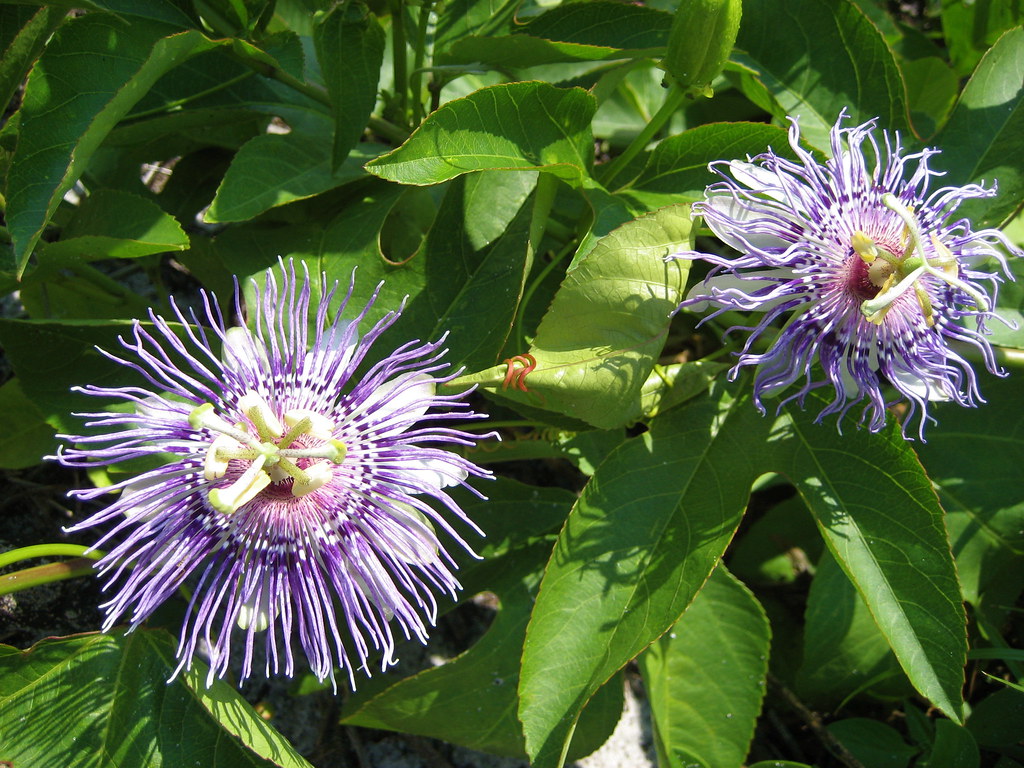
Passionflower vines (Passiflora spp.) produce some of the most stunning and complex flowers in your garden.
Their exotic, eye-catching blooms aren’t just beautiful—they’re bee magnets!
These vines feature elaborate flowers that strongly attract honey bees and carpenter bees, making them excellent additions to any pollinator garden.
The unique structure of passionflower blooms provides ample landing space for bees to collect nectar and pollen.
You’ll notice that passionflower vines don’t just attract bees. They also serve as important host plants for butterflies, particularly the Gulf Fritillary and Variegated Fritillary species.
This dual-purpose makes them ecological powerhouses in your landscape.
Common Bee-Attracting Passionflower Species:
- Passiflora incarnata (Maypop) – Native to North America
- Passiflora edulis – Produces edible passion fruit
- Passiflora caerulea – Blue passionflower with vigorous growth
Growing passionflower vines is relatively easy. They prefer full sun to part shade and need support structures like trellises or fences to climb.
In just a few months, your passionflower can grow substantially, providing numerous flowers for pollinators.
Depending on the species, your passionflower might attract different pollinators.
Some varieties are specifically pollinated by bees, while others attract hummingbirds, wasps, or bats.
This diversity makes passionflower an interesting and valuable addition to your bee-friendly garden.
4. Wisteria
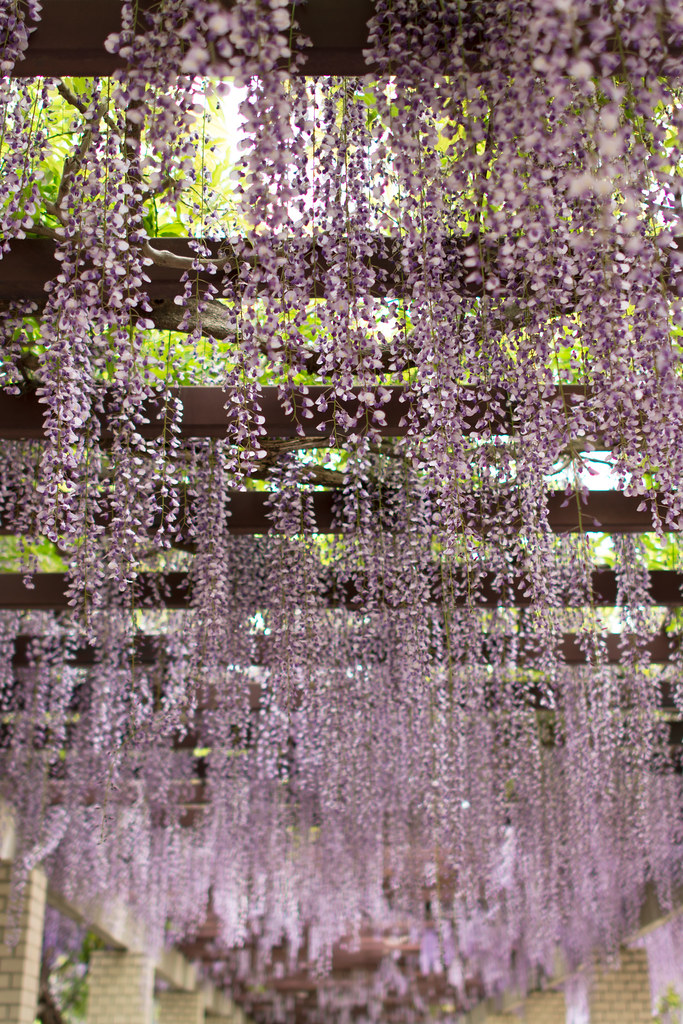
Wisteria (Wisteria spp.) vines create a stunning display with their cascading purple, blue, pink, or white blooms that appear in mid-to-late spring.
These hardy vines feature dark, glossy leaves that provide a beautiful backdrop for the showy flower clusters.
Wisteria attracts a variety of pollinators to your garden, making it an excellent choice if you’re looking to support local bee populations.
Bees, bumblebees, and other beneficial insects are naturally drawn to these fragrant blooms.
One major advantage of planting wisteria is its ability to attract butterflies and bees for pollination.
This makes it a valuable addition to any wildlife-friendly garden space you’re creating.
If you’re concerned about toxicity, be aware that wisteria is poisonous to humans and pets.
However, this doesn’t affect its value to pollinators – bees can safely forage on the flowers.
Many beekeepers confirm that wisteria provides good forage for honeybees.
Your wisteria vine will likely be “alive with bees” during its blooming period.
Benefits for bees:
- Rich nectar source
- Attractive purple/blue/pink/white flowers
- Long blooming period
- Supports multiple pollinator species
Remember that wisteria is a vigorous grower. You’ll need to provide strong support and regular pruning to keep it manageable in your garden space.
5. Climbing Hydrangea
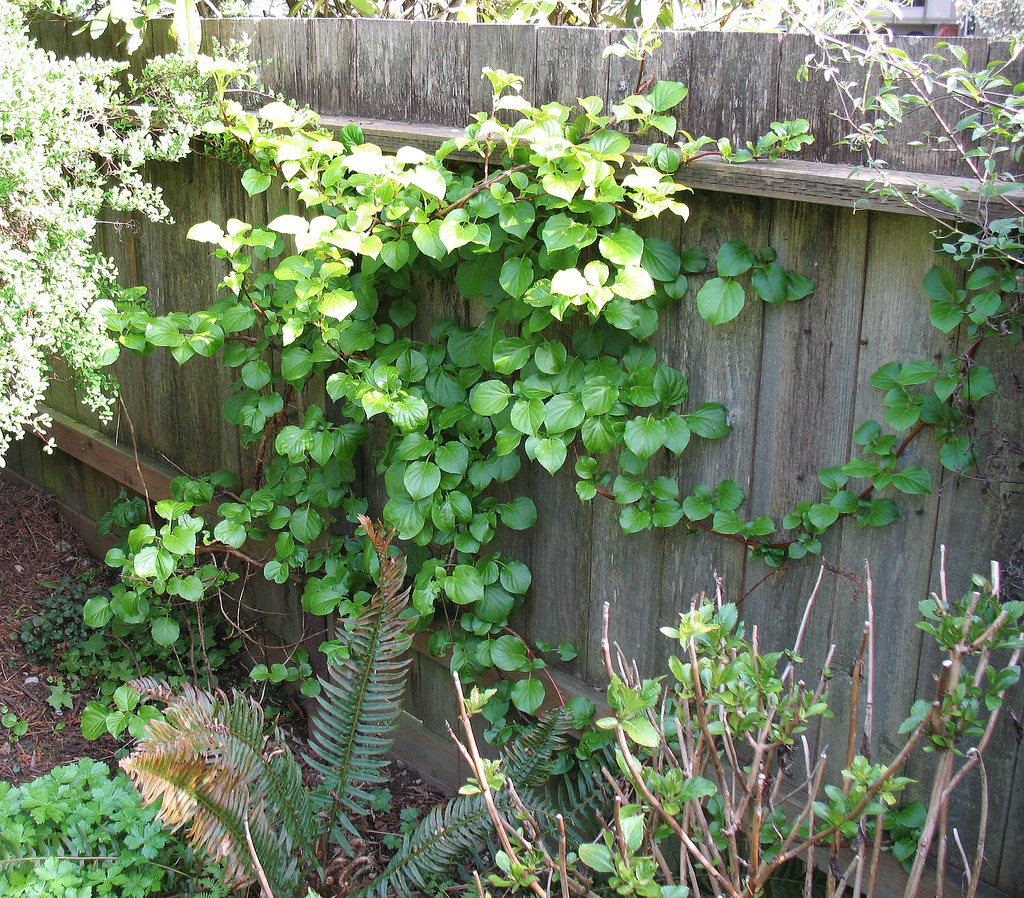
The climbing hydrangea (Hydrangea petiolaris) is a magnificent vine that creates a welcoming habitat for bees and other pollinators in your garden.
This robust climber produces fragrant, creamy white flowers that resemble Queen Anne’s lace, making it both beautiful and beneficial for wildlife.
You’ll find that bees are particularly drawn to the lace-cap type blooms that appear in mid-summer.
The flat, open flower structure allows easy access for pollinators to collect nectar and pollen.
This versatile vine can transform your outdoor spaces while supporting local bee populations.
It climbs enthusiastically up trees, buildings, arbors, and other tall structures, creating vertical interest in your bee-friendly garden.
Key Features:
- Bloom Time: Early to midsummer
- Flower Color: Creamy white
- Height: Can climb 30-50 feet
- Light Requirements: Partial shade to full sun
- Wildlife Value: Attracts bees, butterflies and beneficial insects
When planting your climbing hydrangea, space them 5 to 10 feet apart to allow proper growth.
These vines need sturdy support as they can become quite heavy with age.
The dense foliage offers more than just bee habitat – it creates shelter for birds too! You can plant climbing hydrangea to help protect birds while simultaneously supporting bee populations.
Water your newly planted vines regularly until established. Though slow to start, climbing hydrangeas reward your patience by becoming spectacular, long-lived additions to your bee-friendly landscape.
6. Dutchman’s Pipe
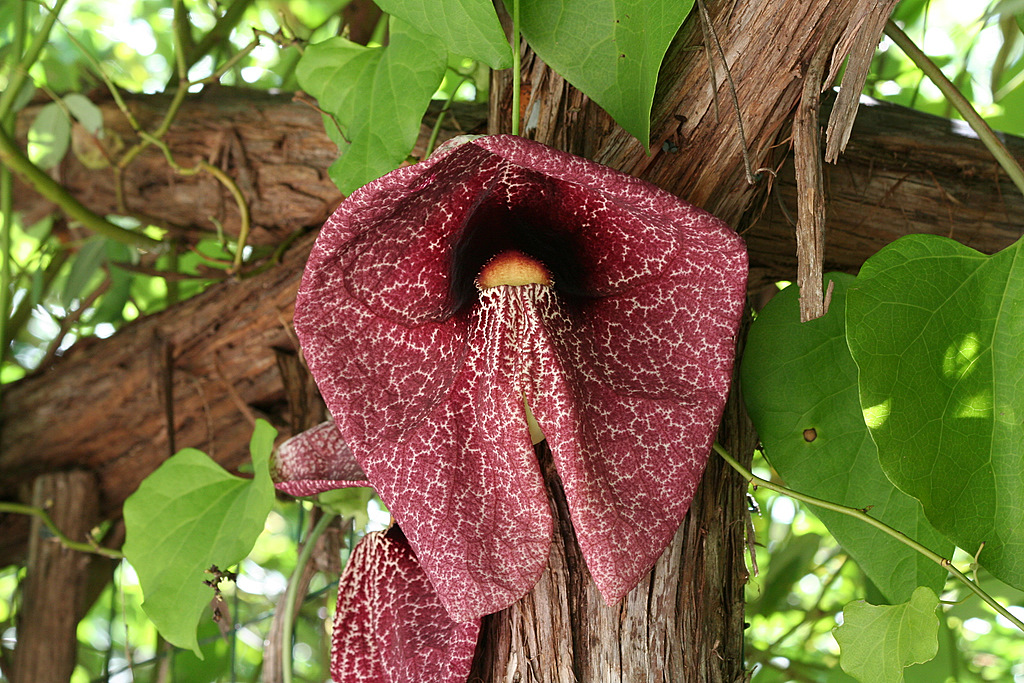
Dutchman’s Pipe (Aristolochia macrophylla) is a fascinating native woody vine that can transform your garden into a butterfly haven.
This vigorous climber features heart-shaped leaves that create dense shade, making it perfect for covering pergolas or fences.
What makes this vine special is its unique, pipe-shaped flowers that bloom in late spring.
These curved flowers resemble a smoking pipe and emit an odor that attracts flies, which serve as pollinators.
Though not primarily known for attracting bees, Dutchman’s Pipe plays a crucial ecological role as the host plant for Pipevine Swallowtail butterflies.
The leaves provide an essential food source for their caterpillars.
Growth Characteristics:
- Can climb up to 30-100 feet high
- Vine thickness: typically 1 inch (can reach 4 inches)
- Moderate deer resistance
- Hardy and long-lived
You’ll be amazed at how quickly this vine establishes itself. The Dutchman’s Pipe can reach impressive heights, climbing as high as 100 feet into tree canopies in natural settings.
When planning your pollinator garden, consider pairing this vine with other bee-friendly plants.
The Dutchman’s Pipe is one of the top native vines that attract butterflies and creates a valuable ecosystem in your landscape.
7. Crossvine
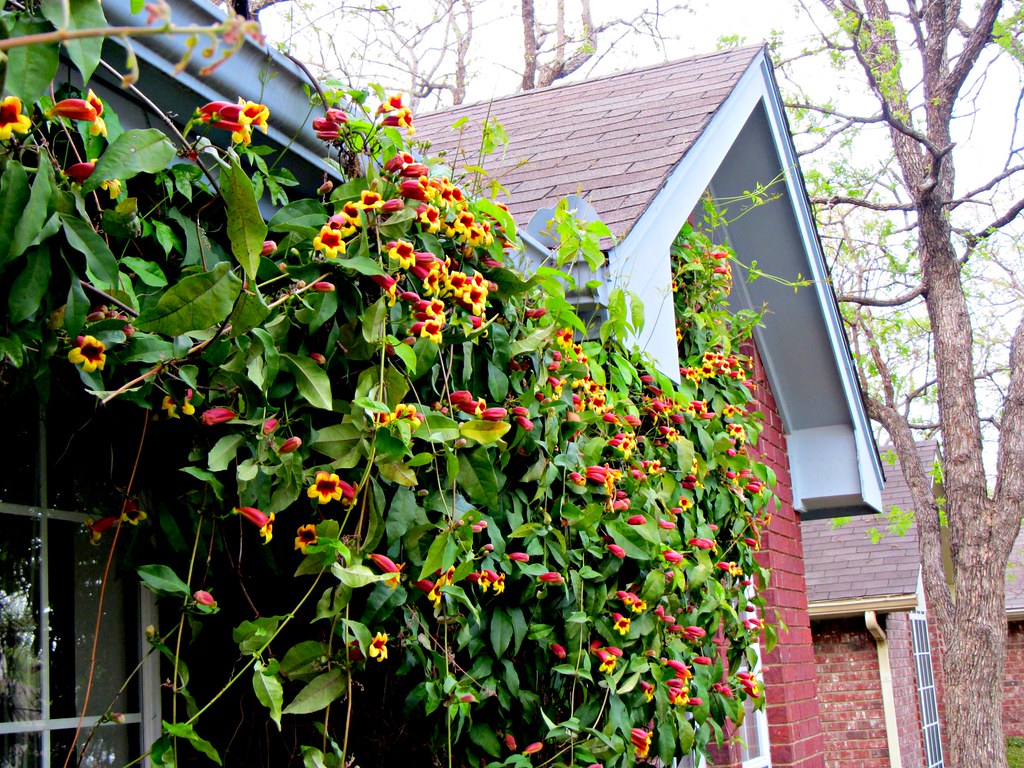
Crossvine (Bignonia capreolata) is a stunning woody perennial vine that can transform your garden into a pollinator paradise.
This native climber stretches 30 to 50 feet high and spreads 6 to 9 feet wide, making it perfect for trellises, fences, or arbors.
The trumpet-shaped flowers bloom in vibrant orange-red to yellowish hues, creating a spectacular display that attracts numerous pollinators.
While crossvine is famous for attracting hummingbirds, it’s also a valuable plant for attracting various native bees to your garden.
You’ll notice bees buzzing around the nectar-rich flowers during blooming periods.
The unique flower shape and abundant nectar make it irresistible to these important pollinators.
Benefits for Bees:
- Rich nectar source
- Long blooming period
- Native plant adaptation to local pollinators
- Early spring flowers when other food sources may be scarce
Some gardeners have observed that the ‘Tangerine Beauty’ cultivar is particularly successful at attracting wild bees to their gardens.
Crossvine is relatively low-maintenance once established. You’ll appreciate its drought tolerance and ability to thrive in various light conditions, from full sun to partial shade.
It’s also semi-evergreen in many regions, providing year-round interest.
For best pollinator attraction, plant your crossvine in a sunny location where bees can easily spot and access the flowers.
8. Clematis
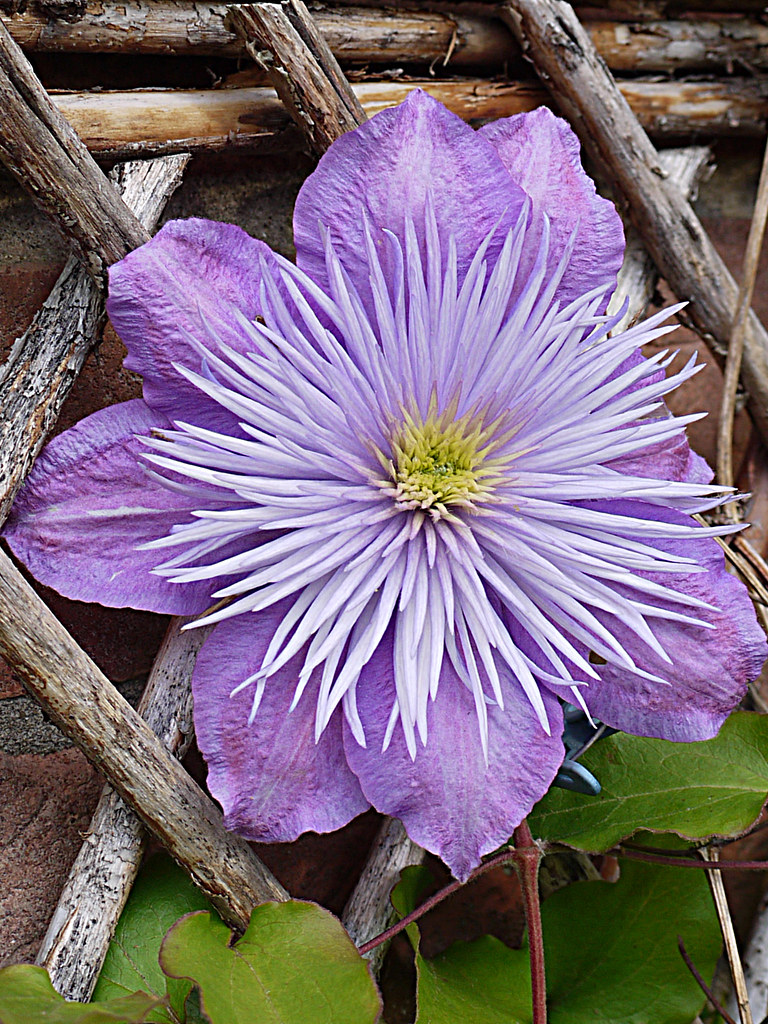
Clematis (Clematis spp.) vines are not only beautiful additions to your garden but also powerful bee attractants.
Many varieties of these flowering climbers provide both pollen and nectar, making them attractive to bees and other pollinators.
When selecting clematis for bee-friendly gardens, consider these popular varieties:
- Clematis tangutica – The ‘Bill MacKenzie’ cultivar is frequently visited by bees and pollinators
- Sweet Autumn Clematis – Known to attract dozens of bees when in bloom
- Open-flowered varieties – These provide easier access to pollen and nectar
You might notice bees particularly love clematis during August when many varieties reach peak bloom.
The Sweet Autumn Clematis can become a buzzing hotspot with dozens of bees swarming the flowers daily.
Clematis offers versatility in your bee garden. They can climb trellises, fences, or arbors, adding vertical interest while providing valuable bee forage.
Some varieties can reach impressive heights of 10-15 feet, creating substantial feeding areas.
For maximum bee attraction, plant your clematis in a sunny location with some shade for the roots.
Different varieties bloom at different times, so you can select several to provide ongoing bee forage throughout the growing season.
Remember to avoid using pesticides on your clematis, as these can harm the very bees you’re trying to attract.
9. Sweet Pea
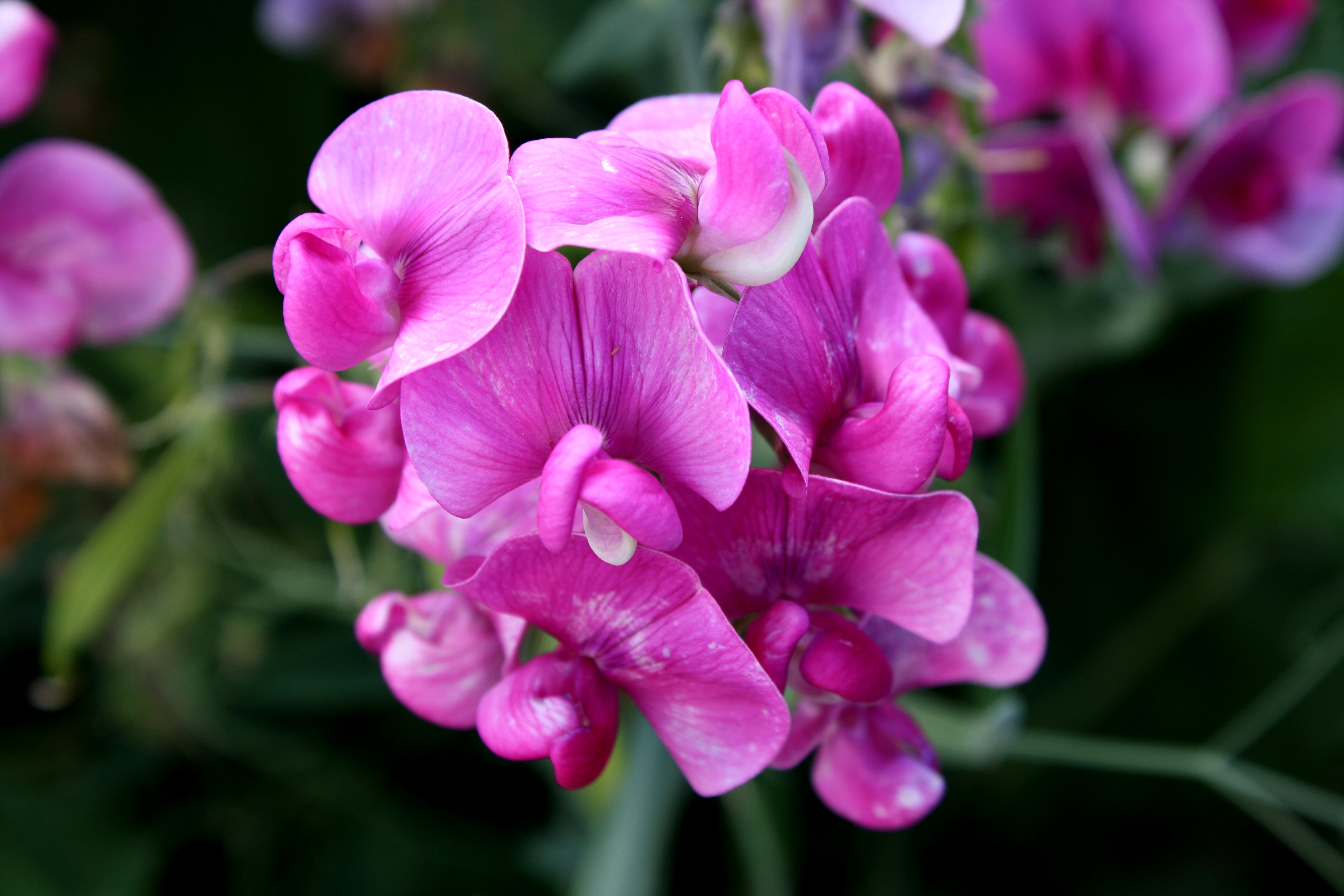
Sweet peas (Lathyrus odoratus) are not just beautiful flowering vines but also excellent at attracting pollinators to your garden.
These fragrant climbers produce delicate, butterfly-like blooms in a spectrum of colors from white to pink, purple, and red.
You’ll find that sweet peas are particularly attractive to honey bees, wild bees, and bumblebees throughout spring, summer, and autumn.
Their nectar-rich flowers serve as an important food source for these helpful insects.
Growing sweet peas in your garden is relatively straightforward. They can thrive in various conditions, making them a versatile choice for gardeners of all experience levels.
Benefits of Sweet Peas for Pollinators:
- Rich source of nectar
- Blooms over multiple seasons
- Attracts diverse bee species
- Draws butterflies and other beneficial insects
The sweet pea vine offers significant ecological benefits beyond just attracting pollinators.
By planting these lovely vines, you’re creating habitat that supports local bee populations.
You can maximize their pollinator-attracting potential by planting sweet peas in sunny locations with good air circulation.
Consider training them up trellises or fences where their blooms will be easily accessible to visiting bees.
For a bee-friendly garden, pair your sweet peas with other pollinator favorites like lavender, borage, or sunflowers.
This combination will ensure you have a steady stream of beneficial insects throughout the growing season.
10. Scarlet Runner Bean
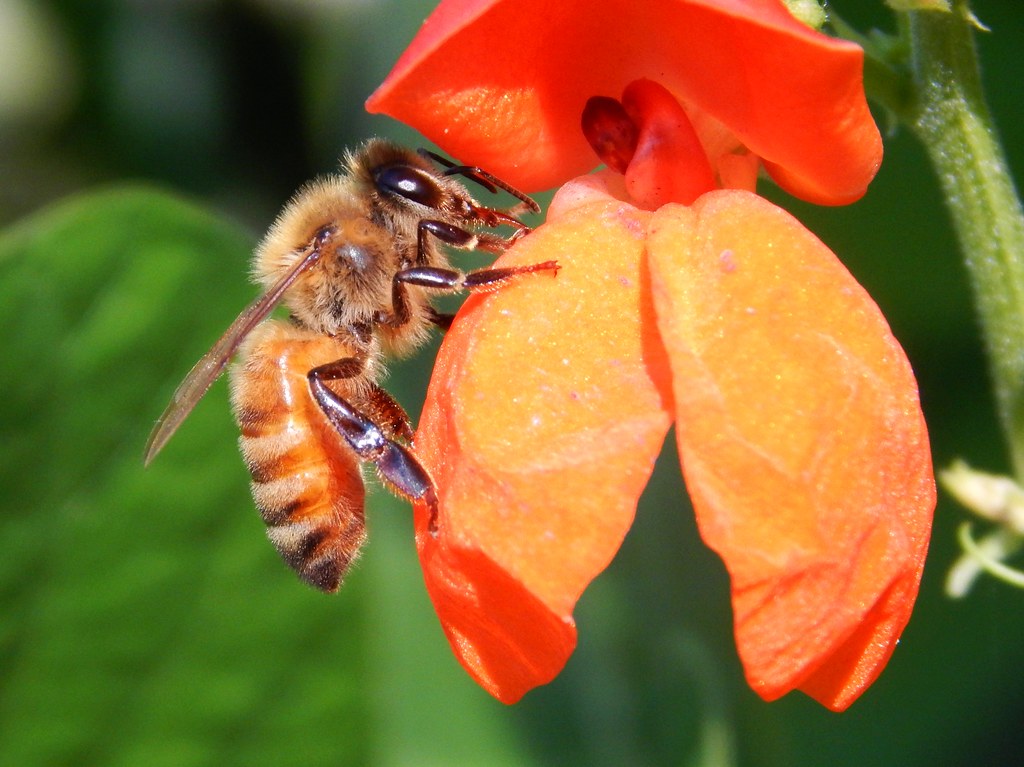
The Scarlet Runner Bean (Phaseolus coccineus) is a standout choice for your bee-friendly garden.
These vigorous climbing vines produce vibrant red flowers that are absolute magnets for pollinators.
Bees are particularly drawn to these showy blooms. Both bumble bees and honey bees are frequent visitors, helping to pollinate your garden as they collect nectar and pollen.
Growing Requirements:
- Full sun to partial shade
- Well-draining soil
- Sturdy support structure
- Regular watering
These beans grow quickly and can reach impressive heights. The vines often become very heavy when producing, so provide strong support like a trellis or pole system.
Scarlet Runner Beans offer multiple benefits for your garden ecosystem. Beyond attracting bees, they also draw hummingbirds and other beneficial wildlife.
The maturation period ranges from 60 to 90 days, making them a rewarding addition to your summer garden.
You can expect a good harvest from just a few plants – some gardeners collect 3-4 pounds of dried beans from only 10-12 plants.
For sustainability, you can easily save seeds from your harvest for next year’s planting.
This practice helps preserve heirloom varieties while reducing your gardening costs.
Try planting Scarlet Runner Beans alongside other flowering plants for a diverse pollinator buffet that keeps bees visiting your garden throughout the growing season.
